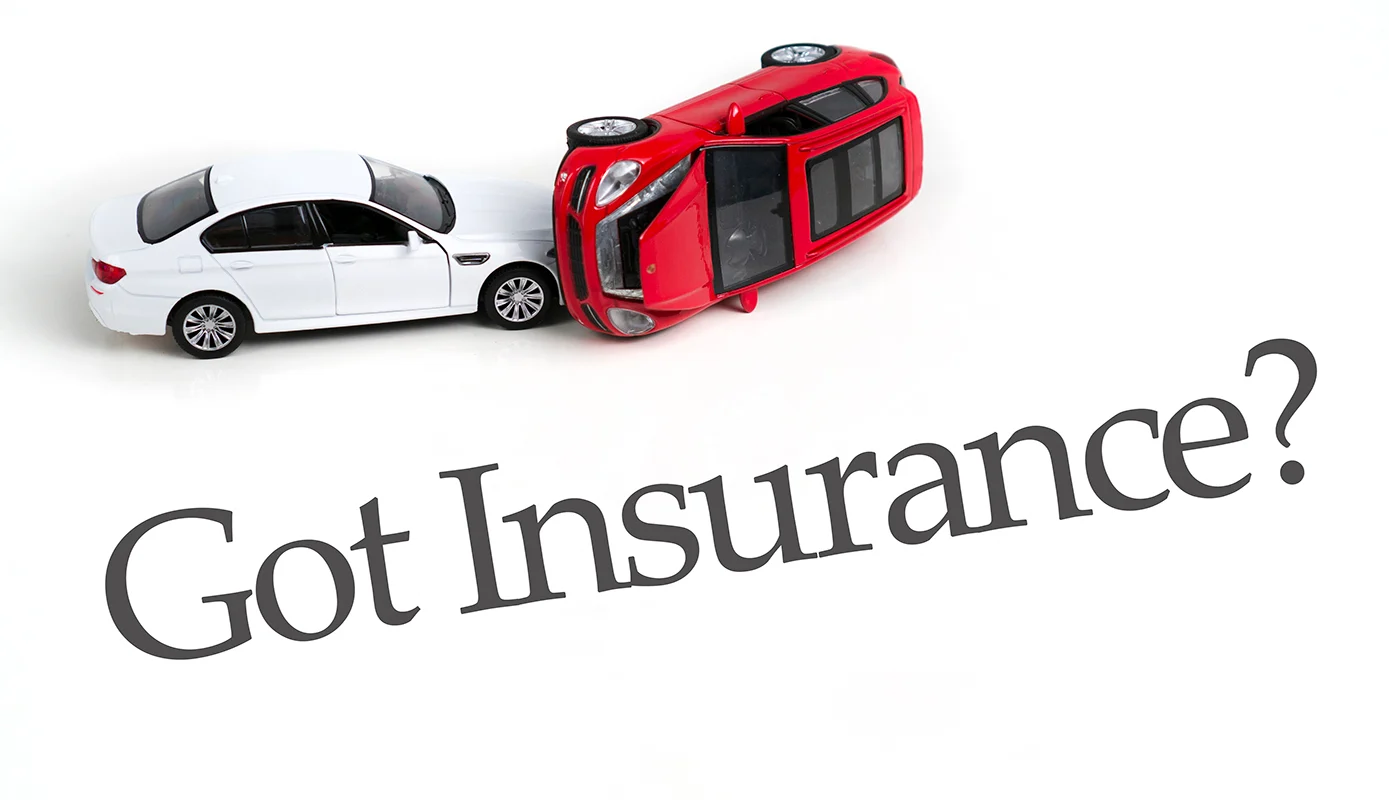Gap Insurance: What It Is and When You Need It
Gap insurance is an important yet often misunderstood type of auto insurance coverage. Understanding its purpose and knowing when you need it can help protect you financially if your vehicle is totaled or stolen. This article explains what gap insurance is, how it works, and in what situations it is most beneficial.
What is Gap Insurance?
Gap insurance, or Guaranteed Asset Protection insurance, is designed to cover the difference between the amount you owe on your car loan or lease and the actual cash value (ACV) of your vehicle if it’s declared a total loss. Essentially, gap insurance bridges the financial gap between your vehicle’s depreciated value and the remaining balance on your loan or lease.
When you purchase a new car, it begins to depreciate almost immediately. In the event of an accident where your car is totaled, your standard auto insurance will only compensate you for the vehicle’s current market value, not the amount you still owe. Without gap insurance, you could be left with a significant financial burden.
How Gap Insurance Works
Here’s a breakdown of how gap insurance functions:
- Total Loss Scenario: If your car is involved in a serious accident or stolen and deemed a total loss, your primary auto insurance policy will cover the vehicle’s ACV.
- Covering the Difference: If the ACV payout is less than the outstanding balance on your loan or lease, gap insurance covers the difference.
- Policy Limits: Gap insurance covers the remaining balance up to its policy limit. However, it does not cover your insurance deductible, which you will still be responsible for paying.
When to Get Gap Insurance
Gap insurance is particularly useful in the following situations:
- Purchasing a New Car: New cars depreciate rapidly. If you’ve financed a new vehicle with a low down payment, gap insurance can help protect you from financial loss if your car is totaled.
- Leasing a Vehicle: Many lease agreements require gap insurance. If your leased vehicle is damaged or stolen, gap insurance ensures you are not left with additional payments on a vehicle you no longer have.
- High Loan-to-Value Ratio: If you’ve made a small down payment or have a long-term loan, you might owe more than your car’s current value. Gap insurance helps cover this difference in the event of a total loss.
- Frequent Car Changes: If you frequently upgrade or trade in your vehicle, you might still owe money on a previous car. Gap insurance can cover any remaining balance if the vehicle is totaled.
Benefits of Gap Insurance
- Financial Security: Gap insurance provides critical financial protection by covering the gap between your vehicle’s depreciated value and your outstanding loan or lease balance. This helps you avoid significant out-of-pocket expenses in the event of a total loss.
- Affordable Protection: Gap insurance is generally affordable and offers a cost-effective way to protect yourself from potential financial shortfalls. It provides peace of mind knowing that you are covered in case of a total loss.
- Lease Requirements: For those who lease their vehicles, gap insurance is often a requirement. It ensures you won’t be financially responsible for any remaining lease payments if your car is declared a total loss.
How to Obtain Gap Insurance
You can acquire gap insurance through several methods:
- Auto Insurance Providers: Many auto insurance companies offer gap insurance as an add-on to your existing policy. Contact your insurance provider to discuss adding gap coverage to your policy.
- Car Dealerships: When purchasing a new car, dealerships often offer gap insurance as part of the financing package. It’s a good idea to compare dealership offers with those from insurance providers to ensure you get the best deal.
- Third-Party Insurers: Specialized third-party insurers also provide gap insurance. These providers may offer competitive rates and flexible coverage options.
Conclusion
Gap insurance is a valuable coverage option that helps protect you from financial loss if your vehicle is totaled or stolen. By covering the difference between your car’s depreciated value and your remaining loan or lease balance, gap insurance ensures that you are not left with unexpected financial responsibilities. Whether you’re buying a new car, leasing a vehicle, or seeking additional protection, understanding and obtaining gap insurance can offer essential financial security and peace of mind.










